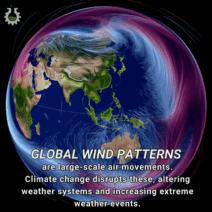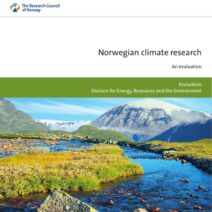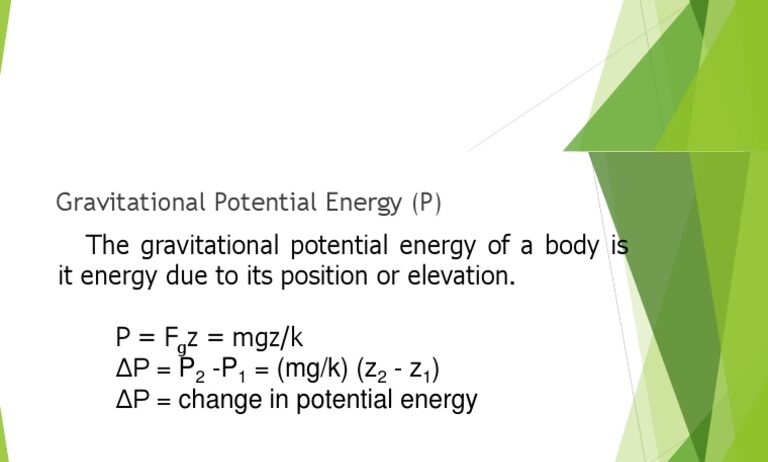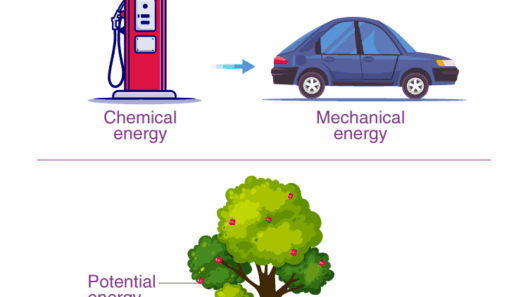The intricate dance of energy transfer within our environment often elicits curiosity, particularly when heat enters the equation. Can energy truly be conserved amid the relentless flow of heat? This question sits at the nexus of thermodynamics and environmental stewardship, compelling us to explore the nuanced layers of energy conservation. By unraveling the complex interactions between heat and energy, we can glean profound insights that inform our approaches to environmental sustainability.
To understand the conservation of energy, one must first appreciate the Second Law of Thermodynamics, which asserts that energy transformations are never entirely efficient. Energy invariably disperses, often manifesting as heat, a byproduct of various processes. This event can be likened to an artist creating a magnificent painting but inadvertently splattering paint across the canvas—each errant drop an illustration of energy lost in translation. In our quest to conserve energy, it is pivotal to embrace the reality that while total energy remains conserved in a closed system, its usability diminishes when heat is involved.
Yet, can we find harmony within this apparent dichotomy? Indeed, the concept of the “conservation of energy” generally refers to the law stating that energy can neither be created nor destroyed; it merely changes form. This principle is akin to a river flowing through a landscape—a constant presence that morphs as it carves its way through rock and earth. Thus, while heat energy dissipates, it can also be harnessed through various technologies, leading to a unique intersection where conservation and heat coalesce.
Consider the human ecosystem as a microcosm. Our body operates under similar principles of energy transformation. We consume food—chemical energy—which our bodies convert into kinetic energy, warmth, and vitality. However, during this metabolic marvel, some energy escapes as heat, much like steam escaping from a simmering kettle. Our understanding of thermodynamics informs many facets of energy conservation, especially in how we can employ this very heat to our advantage.
Examples abound in the realm of technology. Heat recovery systems epitomize this philosophy. These systems capture waste heat generated by industrial processes and repurpose it for heating, thus minimizing energy loss. Picture a grand concert hall where the audience’s applause collectively generates warmth; instead of venting that warmth to the outside, engineers can channel it back into the building’s heating system. This is the essence of sustainability—capitalizing on every possible form of energy in existence.
Moreover, the concept of geothermal energy resonates profoundly amidst this dialogue. Tapping into the Earth’s natural geothermal reservoirs enables us to utilize heat stored beneath the surface for both heating and electricity generation. This is akin to opening a secret chamber filled with ancient treasures; beneath the surface lie untold resources that can be drawn upon to supplement our energy needs without further depleting fossil fuel reserves. Such strategies, healing in nature and innovative in practice, reinforce the symbiosis of energy conservation and heat utilization.
The integration of smart technologies in residential and commercial buildings marks a significant leap forward in managing energy flow and heat exchange. Programmable thermostats, energy-efficient windows, and proper insulation are akin to stylized armor, protecting the integrity of energy within our homes. They not only minimize the need for excess heating but also create a more balmy and comfortable environment. An insulated space is emblematic of a well-guarded vault, safeguarding precious energy from escaping into the ether.
However, amidst the wealth of opportunities lies an ever-present challenge: urbanization. As cities expand, heat dissipates from additional human activity, leading to the phenomenon known as the urban heat island effect. This effect amplifies energy consumption for cooling purposes, creating a paradoxical cycle that places greater strain on our resources. Addressing this conundrum requires judicious planning—the conscious integration of green spaces, reflective materials, and energy-efficient design becomes paramount in regulating urban temperatures and conserving energy.
The transportation sector, too, presents a formidable arena where heat and energy coexist in delicate balance. The advent of electric vehicles (EVs) ushers in a new paradigm of energy conservation. With regenerative braking systems, EVs can capture and store the kinetic energy that would otherwise be wasted as heat during deceleration. This mechanism is reminiscent of a dancer gracefully recovering momentum—no movement is lost; rather, it is transformed into a new kinetic opportunity. Embracing such innovations remains essential as we pivot toward sustainable transit solutions.
Ultimately, the question of energy conservation amid the allure of heat is one of perspective. Conservation is less about the absolute retention of energy and more about understanding its various forms and applications. It is about cultivating mindfulness in our consumption and recognizing the intricate web linking energy forms to our daily lives. By embracing technologies that harness heat, advocating for sustainable practices, and investing in renewable sources, energy conservation can flourish, heat included.
Through this lens, the dialogue surrounding heat and energy evolves from a mere scientific inquiry into a profound cultural imperative. Our collective actions—individually and collectively—must reflect an awareness that transcends the physicality of energy. The dance of conservation continues with each decision we make, each technology we adopt, and each system we innovate. In this multifaceted symphony of energy, we emerge not as passive participants but as proactive curators of our environmental legacy.







